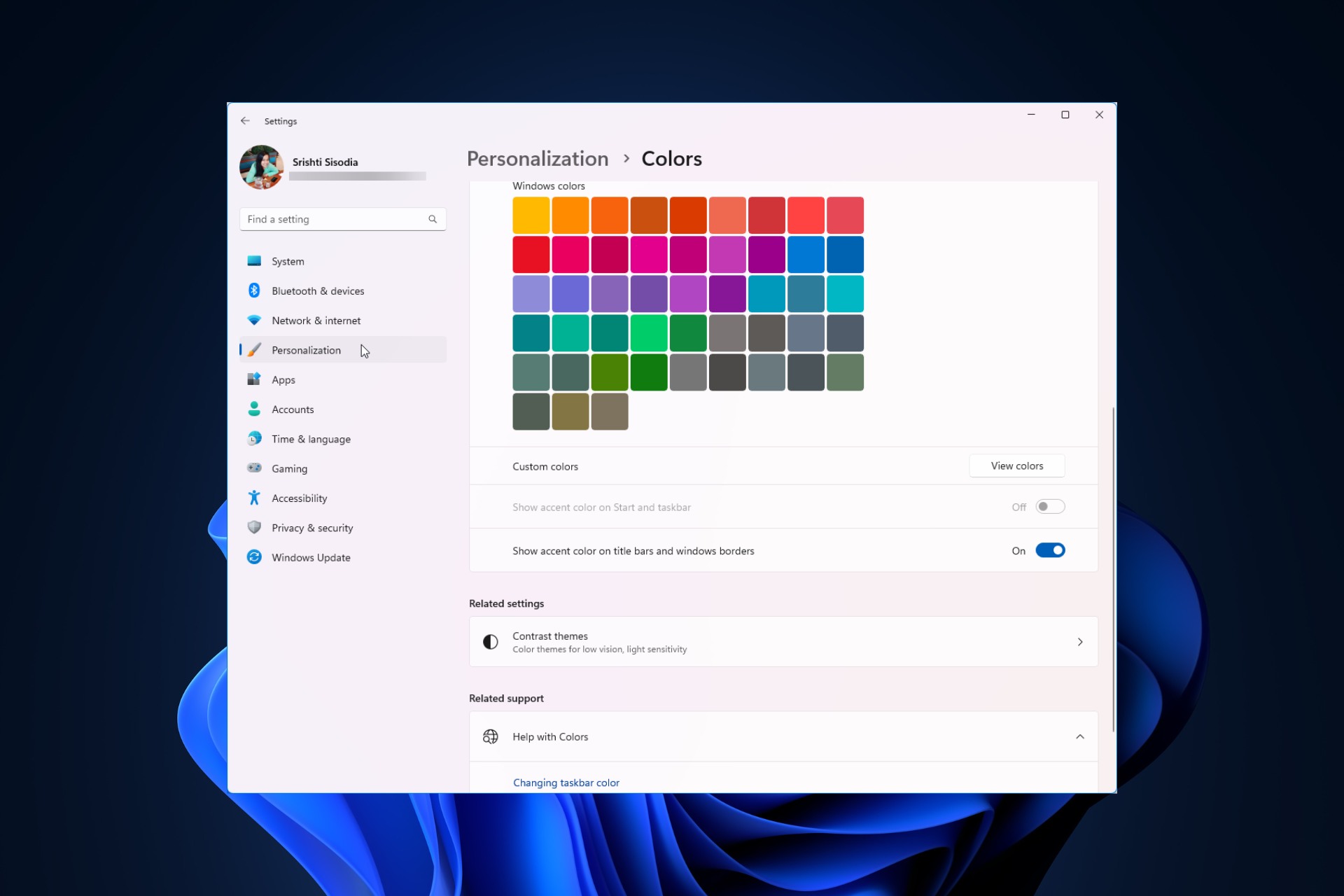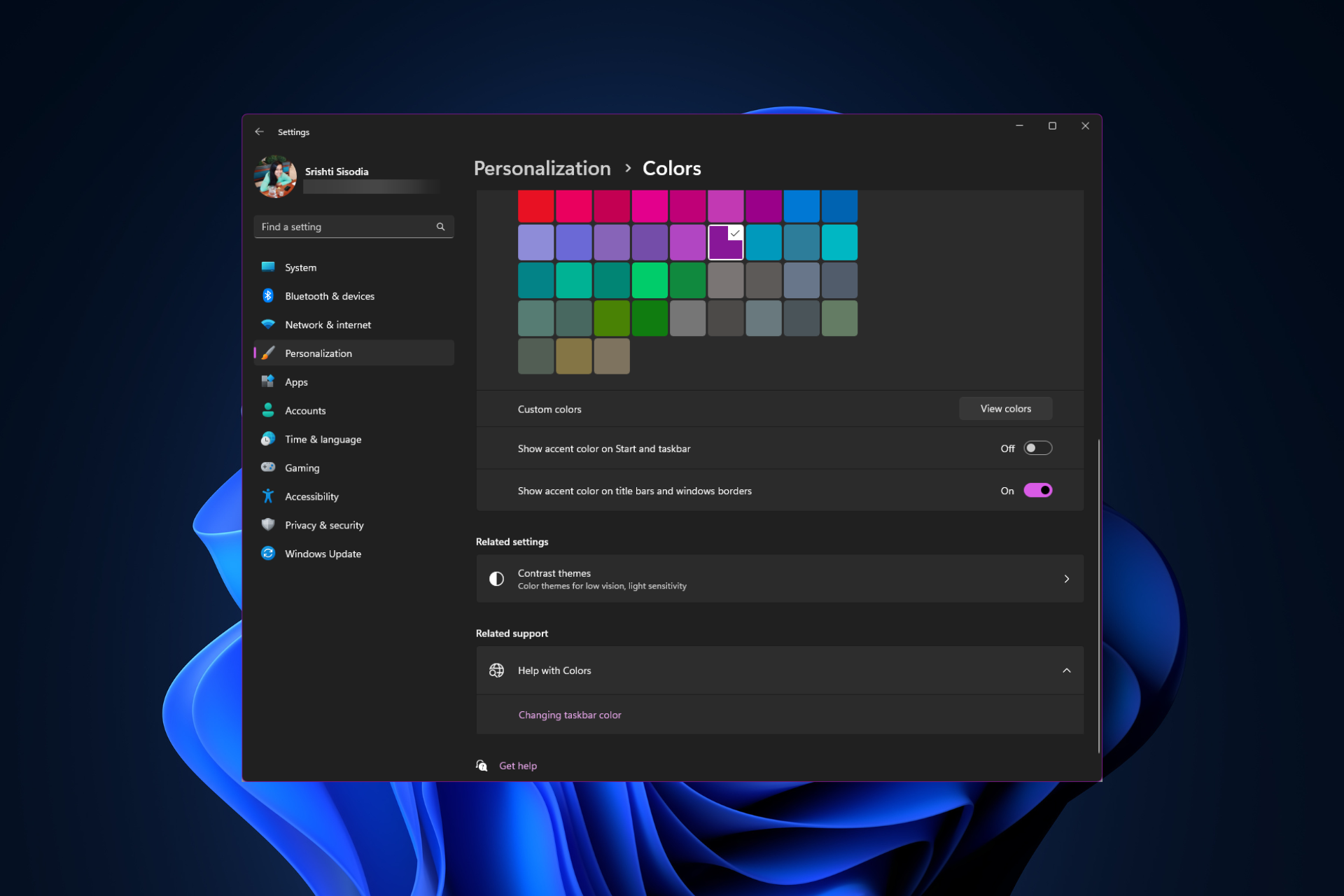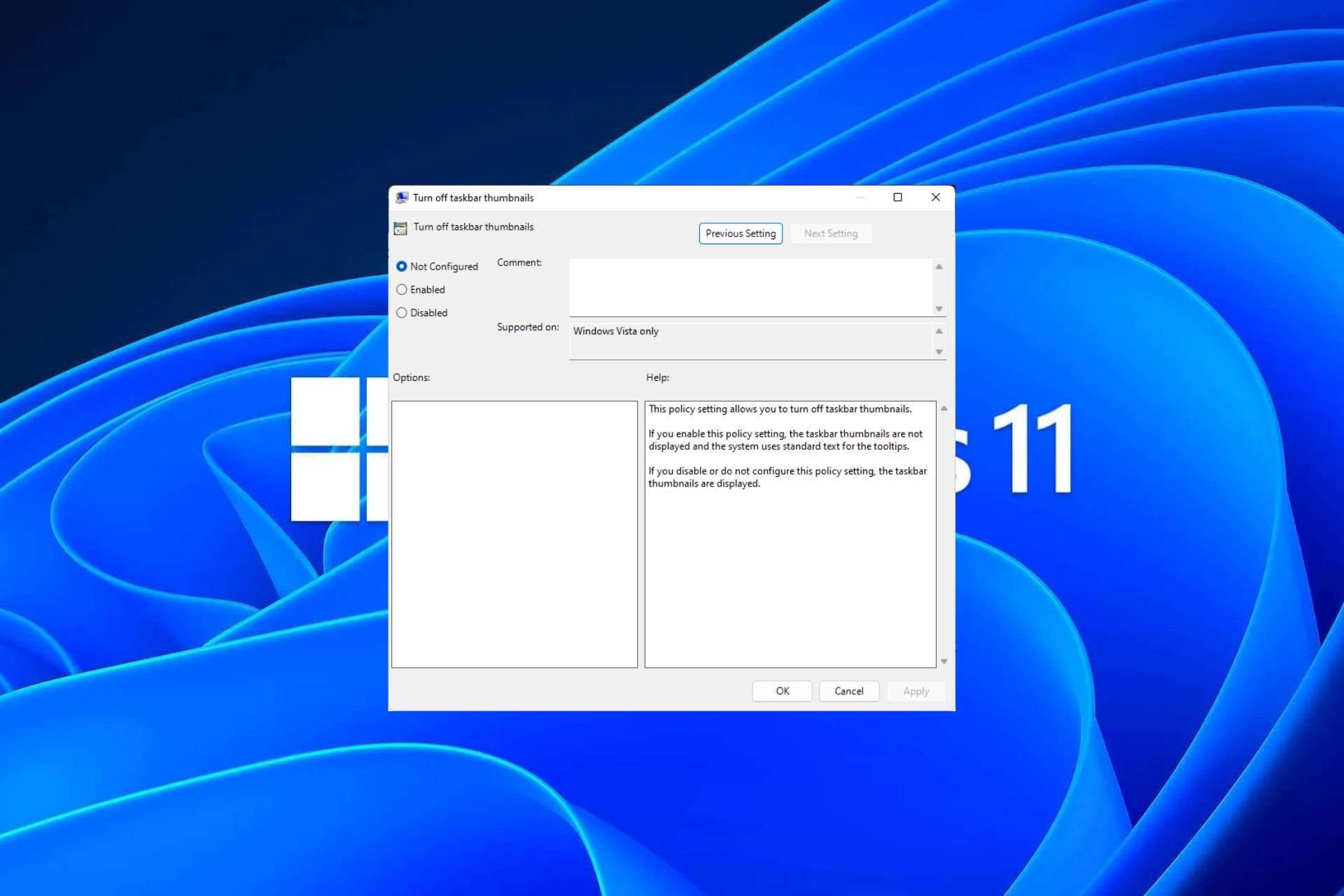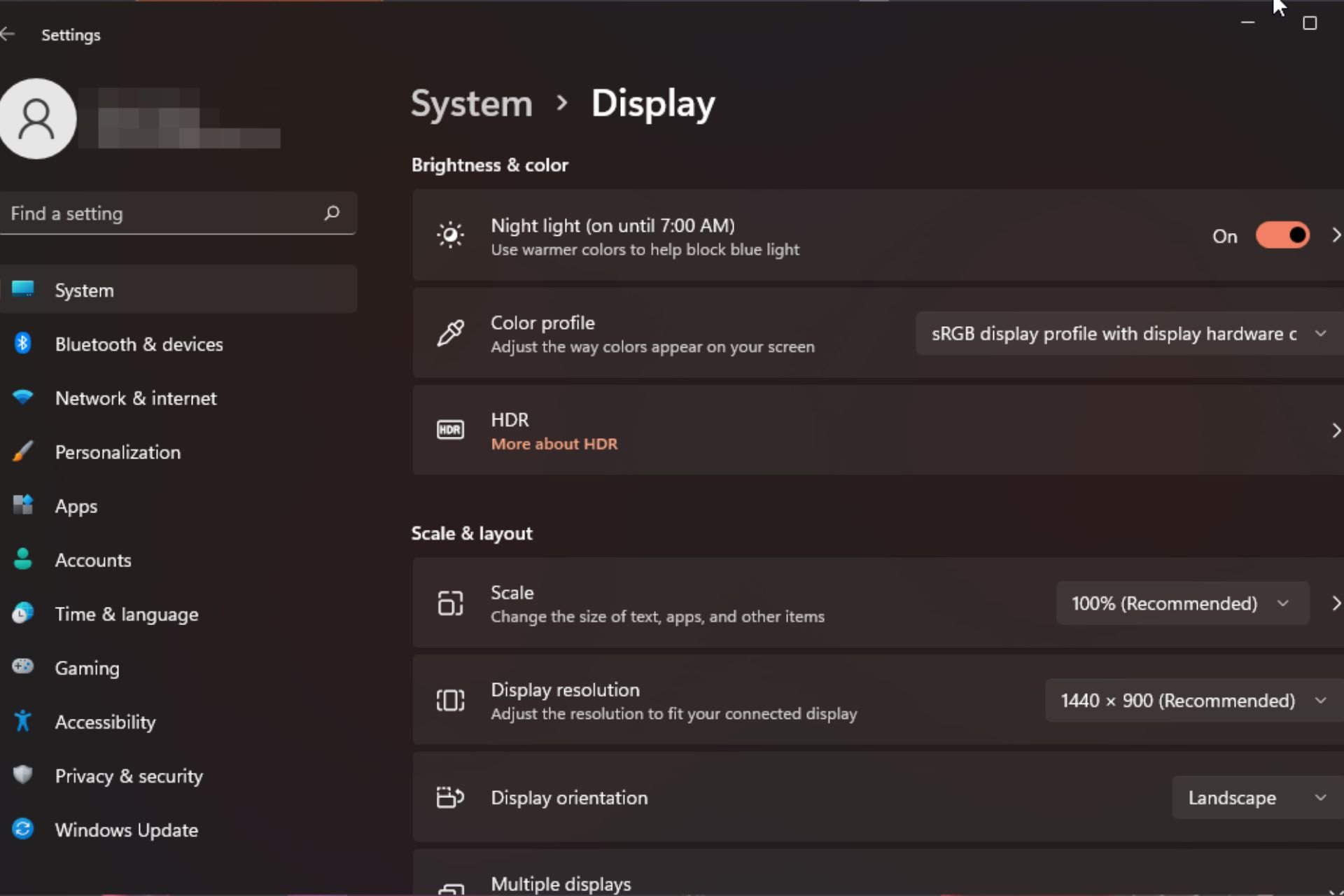讀完之前的學習筆記,相信已經對nginx的啟動流程有了一定的認識,從這一節起我們想深入各個模組,學習各個模組的內的主要操作。
本文來自於:http://blog.csdn.net/lengzijian/article/details/7598996
今天我們就來學習下event模組,在之前的啟動裡多次提到了各個模組的鉤子函數,我們先來回想一下關於event模組鉤子函數的執行,也是event模組啟動的步驟:

1.創建韎
該方法,主要是創建了一個ngx_event_conf_t結構體,並且分配記憶體空間。
2.讀取設定檔:
例如讀取的檔案有如下行:
[cpp] view plaincopyprint?
events- {
- use oll; ;
- }
- 這個地方的events是block指令,在大括號內可以配置很多指令,這些指令定義在src/event/ngx_event.c中
static
ngx_command_t ngx_event_core_commands[] = {
x_string(
"worker_connections"- ),
- NGX_EVENT_CONF|NGX_CONF_TAKE1, NGX_EVENT_CONF|NGX_CONF_TAKE1, NGX_EVENT_CONF|NGX_CONF_TAKE1, NGX_EVENT_CONF|NGX_CONF1KE1, s,
- 0,
- 0, ...(此處省略)
- .
- NGX_EVENT_CONF|NGX_CONF_TAKE1,
- 0,
- 0,
- { ngx_string("use"
- ),
- NGX_EVENT_CONF|NGX_CONF_TAKE1, 0,
- 0, ull_command
- };
- 當解析到events是會回呼如下函數:
- [cpp] view plaincopyprint?
- src/event/ngx_event.c
- static ngx_conf_t *cf , ngx_command_t *cmd, void *conf)
- { char
- 無效 ***ctx;
- ngx_conf_t pcf;
- _ m;
- /*統計事件模組的數量並設定其索引*/
- ngx_event_max_module = 0;
- for
- (i = 0; ngx_modules[i]; i++) (ngx_modules[i]->type != NGX_ EVENT_MODULE) {
- 繼續;
- }
- ngx_modules[i]->ctx_index = ngx_event_max_module++;
- }
- ctx = ngx_pcalloc(cf-> pool, sizeof(void *));
- return
- NGX_CONF_ERROR;
- //每個事件模組分配空間,用於保存回應配置結構的位址
- *ctx = ngx_pcalloc( cf->pool, ngx_event_max_module * sizeof( void
- *)); {
- return NGX_CONF_ERROR; }
- for (i = 0; ngx_modules[i]; i++ ) {
- if (ngx_modules[i]- 繼續;
- }
- m = ngx_modules[i]-dx _conf鉤子函數,用於建立設定結構
- if (m->create_conf) {
- ,*)[ if
- ((*ctx )[ngx_modules[i]->ctx_index] == NULL) {
- }
- pcf = *cf;
- cf->ctx = ctx;
- cf->cmd_type = NGX_EVENT_CONF;
- //由於events為block指令,events域下方還可以設定許多其他指令,
- //例如之前提起的use等,現在開始解析events block中的指令,完成工作初始化。
- rv = ngx_conf_parse(cf, NULL);
- if (rv != NGX_CONF_OK)
- return rv;
- = 0; ngx_modules[i]; i++) {
- if
- (ngx_modul (ngx_modul. type != NGX_EVENT_MODULE) {
- }
- m = ngx_modules[i]->ctx; init_conf函數,初始化配置結構
- if rv = m->init_conf(cf->cycle, (*ctx)[ngx_modules[i] ->ctx_index]);
- if (rv
- return rv; }
- }
- return NGX_CONF_OK;
ngx_events_block()函數中最重要的一個過程就是呼叫ngx_conf_parse(cf, NULL),此處呼叫ngx_conf_parse()的作用就是完成設定檔中events{}這個block的解析,從而呼叫其下所有的設定檔指令的回呼函數,完成解析設定檔的初始化工作。但這裡我個人有個問題,待問完前輩之後,在指明問題和答案******。
2.初始化conf(init_conf)
ngx_event_init_conf()
該方法,主要是初始化ngx_event_conf_t結構體。
3.ngx_event_module_init
從名字上看是模組的初始化操作,但是縱觀各個模組原始碼,發現很多模組都沒有init回呼函數。這裡本人也在糾結為什麼,希望在學完全部代碼後,能找到答案。
[cpp] view plaincopyprint?
- src/event/ngx_event.c
- static ngx_int_t
- {
- 無效
- u_char *共享;
- size_t 尺寸, cl;
- ngx_shm_t shm;
- ngx_time_t *tp;
- ngx_core_conf_t *ccf;
- ngx_event_conf_t *ecf;
- // = ngx_get_conf(cycle->conf_ctx, ngx_事件模組);
- if
- (cf == NULL) {
- 「設定中沒有「事件」部分」); 「配置中沒有「事件」部分」); 「
- 回
- NGX_ERROR;
- //取得ngx_event_core_module模組的設定結構
- ecf = (cf.
- //檢視是否為event中的模組,例如使用。 。 。 。
- if (!ngx_test_config && ngx_process ngx_log_error(NGX_LOG_NOTICE, cycle->script 0,
- event method", ecf->name);
- }
- ccf = (ngx_core_conf_t *) ngx_get_conf(cycle->conf_ctx, ngx_core_module);
- //將 ngx_timer_resolution = ccf->timer_resolution;
- #if ! (NGX_WIN32) {
- struct
- rlimit rlmt;
- 拾取man getrlimit
- if (getrlimit ngx_log_error(NGX_LOG_ALERT, cycle->log, ngx_errno,
- RLIMIT_NOFILE) failed, ignored");
- } else {
- //如果 //且ngx_core_module最大連線數無限制
- /或ngx_event_core_module連線數大於ngx_core_module最大連線數
- && (ccf->rlimit_nofile == NGX_CONF_UNSET || ecf->connections > (ngx_uint_t) ccf->親素
- limit = (ccf->rlimit_nofile == NGX_CONF_UNSET (ngx_int_t) rlmt.rlim_cur : ccf ->rlimit_nofile;
- "%ui worker_connections are
- "open file resource limit: %i",
- ecf->connections, limit);
- }
- }
- }
- #endif /* !(NGX_WIN32) */
- //如果關閉了master進程,就返回是單一工作方式,
- //之後的操作時建立共享記憶體實作鎖等工作,單進程不需要。
- if (ccf->master == 0) { NGX_OK;
- } 已經有accept互斥了,不需要再重複創建了
- if
- (ngx_accept_mutex_ptrif (ngx_accept_mutex_ptr)) return NGX_OK;
- }
- /* cl should be equal or bigger
- cl = 128;
- //在這裡創造sizeize大小的大小的大小共享內存,這塊共享記憶體將被分成三段
- size = cl
- + cl /* + cl;
- /* ngx_temp_number */ //準備共享內存,大小為size,命名nginx_shared_zone,
- shm.size
- shm.size shm.size
- shm.name.len = sizeof("nginx_shared_zone" ); *)
- "nginx_shared_zone"; shm .log = cycle->log;
- if (ngx_shm_alloc(&shm) != NGX_OK ) {
- return NGX_ERROR; //取得起始位址保存 shared = shm.addr;
- //accept互斥體取得共享記憶體的第一段cl大小記憶體
- ngx_accept_mutex.spin = (ngx_uint_t) -1;
- /*創建accept互斥體
- 就是使用的這段共享記憶體來實現accept互斥體;否則,將使用檔案鎖定
- 來實現accept互斥體。
- accept 互斥體的作用是:避免驚群與實現worker進程的負載平衡。
- */ (ngx_shmtx_create(&ngx_accept_mutex, shared, cycle->lock_file.data)
- { return
- Sharp ngx_atomic_t *) (shared + 1 * cl);
- , 1);
- ngx_log_debug2(NGX_LOG_DEBUG_EVENT, ngx_log_debug2(NGX_LOG_DEBUGcleEVENT, cycy-> log, 0,
- ngx_connection_counter, *ngx_connection_counter); ngx_connection_counter, *ngx_connection_counter);
- ngx_temp_number = (ngx_atomic_t *) (shared + 2 tp = ngx_timeofday();
- ngx_
- return
- 4.ngx_event_process_init在先前的worker進程分析中有提到過,當創建了一個worker進程後,worker進程首先就會做進程的初始化工作,此時會呼叫ngx_event_process_init函數。
- [cpp] view plaincopyprint?
- src/event/ngx_event.c
- static ngx_int_t o_p )
- {
- ngx_uint_t ngx_event_t *rev, *wev;
- ngx_listening_t *c, *next, *old;
- ngx_core_conf_t *ccf;
- ngx_event_module_t *module;
- //與先前相同,取得反應模組 (ngx_core_conf_t *) ngx_get_conf(cycle->conf_ctx, ngx_core_module);
- ecf = ngx_event_get_conf(cycle->conf_ctx, ngx_event_core_module);
- ,已經創建了accept_mutex
- //才打開accept互斥體
- if (ccf->master && ccf->worker_processes
- ngx_use_accept_mutex = 1; //使用互斥物
- ngx_accept_mutex_held = 0; ngx_accept_mutex_delay = ecf->accept_mutex_delay;//爭搶互斥體失敗後,等待下次爭搶時間間隔
- } ngx_use_accept_mutex = 0;
- }
- //先未講
- #endif器,此處將會建立一顆紅黑樹,來維護計時器,之後會詳細解說
- if (ngx_event_timer_init return
- NGX_ERROR;
- } }
- for
- (m = 0; ngx_modules[m]; m++) { NGX_EVENT_MODULE模組
- if (ngx_modules[m]->type != NGX_EVENT_MODULE) {
- }
- //非use配置指令指定的模組跳過,linux預設epoll es[m]->ctx_index != ecf->use) {
- continue;
- module = ngx_modules[m]->ctx;
- 由於nginx實現了許多事件模組 (這些模組位於src/event/modules目錄中),所以nginx對時間模組進行了一層抽象,
- 方便了不同的系統使用不同的事件模型,也方便擴充新的時間模型,我們的重點應該
- _ module->actions結構封裝了
- epoll的所有介面函數。 nginx就是透過actions結構將epoll註冊到事件抽象層。
- actions的種類是ngx_event_action_t,位於src/event/ngx_event.h
- 這些特定的內容會在下一節中重點解說。
- */
- if (module->actions.init(cycle, ngx_timer_resolution) != NGX_OK) {
- /* fatal */
- exit(2);
- break
- ;
- 內容
- //創建全域的ngx_connection_t數組,保存所有的connection worker進程中執行的,所以每個worker都有自己的connection陣列
- cycle->connections = t) * cycle->connection_n, cycle->log);
- if ( cycle->connections == NULL) {
- return
- c = cycle->connections; 🎠 //建立一個讀取事件陣列
- cycle->read_events = ngx_alloc(size (ngx_event_t) if
- (cycle->read_events == NULL) { }
- rev = cycle->read_events; for (i = 0; i connection_n; i++) {
- rev[i].instance = 1;
- #if (NGX_THREADS)
- rev[i].lock = own_lock = &c[i].lock; # endif
- }
- //建立一個寫事件佇列
- cycle->connection_n,
- if
- (cycle->write_events == NULL) { OR;
- }
- cle.
- for (i = 0; i 連接_n; i++) { = 1;
- #if (NGX_THREADS) wev[i].lock = &c[i].lock;
- #endif }
- i = 循環-
- //初始化連接佇列
- do
- do
- i--;
- c[i].read = &cycle->read_events[i];
- c [i].write = &cycle->write_events[i]; c[i].fd = (ngx_socket_t) c[i].fd = (ngx_socket_t) c[i].fd = (ngx_socket_t) c
- 下一個= &c[i];
- #if (NGX_THREADS)
- #endif
- }while (i);
- ->free_connection_n = cycle->connection_n;
- /* forforforforforforforfor號each listening socket */
- //每個監聽套接字從一個接合 ls = cycle->listening.elts;
- for (i = 0; i listening.nelts; i++) { 在ton中取得新的連線solt
- c = ngx_get_connection(ls[i].fd, cycle->log);
- return NGX_ERROR;
- NGX_ERROR;
- }
- c->log = &ls[i].log; c->聽= &ls[i];
- ls[i].connection = c ;
- rev = c->閱讀; ->log = c->log;
- rev->accept = 1; //讀取時間問 //簡潔
- #endif
- if (!(ngx_event_flags & NGX_USE_IOCP_EVENT)) & NGX_USE_ IOC
- P_EVENT)) if (ls[i].previous) {
- * 刪除舊的接受事件綁定 * 舊循環讀取事件陣列
- 的舊式 = ls [i].previous->連接;
- NGX_CLOSE_EVENT)
- { 回復
- NGX_ERR或; }
- }
- }
- //登錄監聽套介面毒事件的回呼函數 rev->handler = ngx_event_accept; 暫時不將監聽套接字放入epoll中,而是
- //worker
- if (ngx_use_accept_mutex) {
- continue;
- }
- if (ngx_event_flags & NGX_USE_RTSIG_EVENT) {
- if (ngx_add_conn(c) == NGX_ERROR)
- return NGX_ERROR;
- } else {
- //沒有使用accept互斥體,因此將此監聽套接字放入epoll中。
- if (ngx_add_event(rev, NGX_READ_EVENT, 0) == NGX_ERROR) {
- return NGX_ERROR;
- } }
- #endif
- return NGX_OK;
- }
- } ,事件驅動的初始化已經完成。 以上就介紹了nginx 原始碼學習筆記(二十)—— event 模組一 ——初始化,包括了IOC,計數器方面的內容,希望對PHP教程有興趣的朋友有所幫助。
 解决方法:您的组织要求您更改 PIN 码Oct 04, 2023 pm 05:45 PM
解决方法:您的组织要求您更改 PIN 码Oct 04, 2023 pm 05:45 PM“你的组织要求你更改PIN消息”将显示在登录屏幕上。当在使用基于组织的帐户设置的电脑上达到PIN过期限制时,就会发生这种情况,在该电脑上,他们可以控制个人设备。但是,如果您使用个人帐户设置了Windows,则理想情况下不应显示错误消息。虽然情况并非总是如此。大多数遇到错误的用户使用个人帐户报告。为什么我的组织要求我在Windows11上更改我的PIN?可能是您的帐户与组织相关联,您的主要方法应该是验证这一点。联系域管理员会有所帮助!此外,配置错误的本地策略设置或不正确的注册表项也可能导致错误。即
 Windows 11 上调整窗口边框设置的方法:更改颜色和大小Sep 22, 2023 am 11:37 AM
Windows 11 上调整窗口边框设置的方法:更改颜色和大小Sep 22, 2023 am 11:37 AMWindows11将清新优雅的设计带到了最前沿;现代界面允许您个性化和更改最精细的细节,例如窗口边框。在本指南中,我们将讨论分步说明,以帮助您在Windows操作系统中创建反映您的风格的环境。如何更改窗口边框设置?按+打开“设置”应用。WindowsI转到个性化,然后单击颜色设置。颜色更改窗口边框设置窗口11“宽度=”643“高度=”500“>找到在标题栏和窗口边框上显示强调色选项,然后切换它旁边的开关。若要在“开始”菜单和任务栏上显示主题色,请打开“在开始”菜单和任务栏上显示主题
 如何在 Windows 11 上更改标题栏颜色?Sep 14, 2023 pm 03:33 PM
如何在 Windows 11 上更改标题栏颜色?Sep 14, 2023 pm 03:33 PM默认情况下,Windows11上的标题栏颜色取决于您选择的深色/浅色主题。但是,您可以将其更改为所需的任何颜色。在本指南中,我们将讨论三种方法的分步说明,以更改它并个性化您的桌面体验,使其具有视觉吸引力。是否可以更改活动和非活动窗口的标题栏颜色?是的,您可以使用“设置”应用更改活动窗口的标题栏颜色,也可以使用注册表编辑器更改非活动窗口的标题栏颜色。若要了解这些步骤,请转到下一部分。如何在Windows11中更改标题栏的颜色?1.使用“设置”应用按+打开设置窗口。WindowsI前往“个性化”,然
 OOBELANGUAGE错误Windows 11 / 10修复中出现问题的问题Jul 16, 2023 pm 03:29 PM
OOBELANGUAGE错误Windows 11 / 10修复中出现问题的问题Jul 16, 2023 pm 03:29 PM您是否在Windows安装程序页面上看到“出现问题”以及“OOBELANGUAGE”语句?Windows的安装有时会因此类错误而停止。OOBE表示开箱即用的体验。正如错误提示所表示的那样,这是与OOBE语言选择相关的问题。没有什么可担心的,你可以通过OOBE屏幕本身的漂亮注册表编辑来解决这个问题。快速修复–1.单击OOBE应用底部的“重试”按钮。这将继续进行该过程,而不会再打嗝。2.使用电源按钮强制关闭系统。系统重新启动后,OOBE应继续。3.断开系统与互联网的连接。在脱机模式下完成OOBE的所
 Windows 11 上启用或禁用任务栏缩略图预览的方法Sep 15, 2023 pm 03:57 PM
Windows 11 上启用或禁用任务栏缩略图预览的方法Sep 15, 2023 pm 03:57 PM任务栏缩略图可能很有趣,但它们也可能分散注意力或烦人。考虑到您将鼠标悬停在该区域的频率,您可能无意中关闭了重要窗口几次。另一个缺点是它使用更多的系统资源,因此,如果您一直在寻找一种提高资源效率的方法,我们将向您展示如何禁用它。不过,如果您的硬件规格可以处理它并且您喜欢预览版,则可以启用它。如何在Windows11中启用任务栏缩略图预览?1.使用“设置”应用点击键并单击设置。Windows单击系统,然后选择关于。点击高级系统设置。导航到“高级”选项卡,然后选择“性能”下的“设置”。在“视觉效果”选
 Windows 11 上的显示缩放比例调整指南Sep 19, 2023 pm 06:45 PM
Windows 11 上的显示缩放比例调整指南Sep 19, 2023 pm 06:45 PM在Windows11上的显示缩放方面,我们都有不同的偏好。有些人喜欢大图标,有些人喜欢小图标。但是,我们都同意拥有正确的缩放比例很重要。字体缩放不良或图像过度缩放可能是工作时真正的生产力杀手,因此您需要知道如何对其进行自定义以充分利用系统功能。自定义缩放的优点:对于难以阅读屏幕上的文本的人来说,这是一个有用的功能。它可以帮助您一次在屏幕上查看更多内容。您可以创建仅适用于某些监视器和应用程序的自定义扩展配置文件。可以帮助提高低端硬件的性能。它使您可以更好地控制屏幕上的内容。如何在Windows11
 10种在 Windows 11 上调整亮度的方法Dec 18, 2023 pm 02:21 PM
10种在 Windows 11 上调整亮度的方法Dec 18, 2023 pm 02:21 PM屏幕亮度是使用现代计算设备不可或缺的一部分,尤其是当您长时间注视屏幕时。它可以帮助您减轻眼睛疲劳,提高易读性,并轻松有效地查看内容。但是,根据您的设置,有时很难管理亮度,尤其是在具有新UI更改的Windows11上。如果您在调整亮度时遇到问题,以下是在Windows11上管理亮度的所有方法。如何在Windows11上更改亮度[10种方式解释]单显示器用户可以使用以下方法在Windows11上调整亮度。这包括使用单个显示器的台式机系统以及笔记本电脑。让我们开始吧。方法1:使用操作中心操作中心是访问
 如何在Safari中关闭iPhone的隐私浏览身份验证?Nov 29, 2023 pm 11:21 PM
如何在Safari中关闭iPhone的隐私浏览身份验证?Nov 29, 2023 pm 11:21 PM在iOS17中,Apple为其移动操作系统引入了几项新的隐私和安全功能,其中之一是能够要求对Safari中的隐私浏览选项卡进行二次身份验证。以下是它的工作原理以及如何将其关闭。在运行iOS17或iPadOS17的iPhone或iPad上,如果您在Safari浏览器中打开了任何“无痕浏览”标签页,然后退出会话或App,Apple的浏览器现在需要面容ID/触控ID认证或密码才能再次访问它们。换句话说,如果有人在解锁您的iPhone或iPad时拿到了它,他们仍然无法在不知道您的密码的情况下查看您的隐私


熱AI工具

Undresser.AI Undress
人工智慧驅動的應用程序,用於創建逼真的裸體照片

AI Clothes Remover
用於從照片中去除衣服的線上人工智慧工具。

Undress AI Tool
免費脫衣圖片

Clothoff.io
AI脫衣器

AI Hentai Generator
免費產生 AI 無盡。

熱門文章

熱工具

禪工作室 13.0.1
強大的PHP整合開發環境

SublimeText3漢化版
中文版,非常好用

SublimeText3 Linux新版
SublimeText3 Linux最新版

記事本++7.3.1
好用且免費的程式碼編輯器

Dreamweaver CS6
視覺化網頁開發工具





